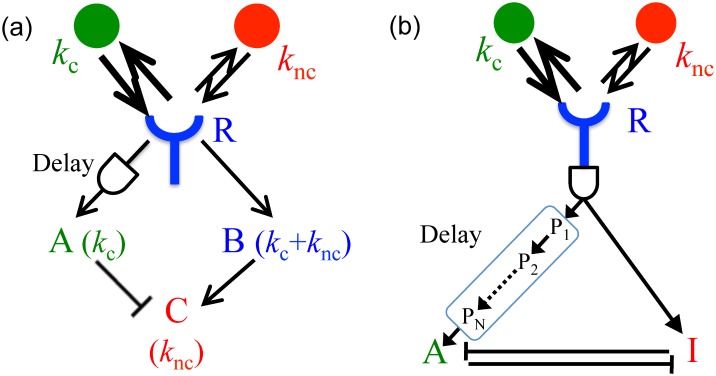Fig 4. Kinetic proofreading for estimating multiple concentrations.
Two different kinetic schemes that allow using kinetic proofreading for estimation of chemical concentrations. (A) Molecules A and B are produced when the receptor R is bound, but A is produced only for long bindings, implemented through the KPR delay. Another chemical species C subtracts A from B, so that A approximates cc and C approximates cnc. This kinetic scheme would simultaneously estimate relatively similar concentrations of two ligands with substantially distinct off-rates rc,nc. (B) Molecules A and I (inhibitor of A) are produced when the receptor is bound (possibly after a KPR delay). Production of A is delayed even further, as it results at the end of a sequence of intermediate products Pi. A and I bind to each other nearly irreversibly, sequestering and deactivating each other. The first delay at the receptor filters very short, nonspecific bindings. Because of the additional KPR delay on the A branch, A and I branches are then different linear combinations of strongly (cognate) and medium (non-cognate) binding ligands. If various kinetic parameters are tuned (see text), then even for very similar rc and rnc, and even for a rare cognate ligand, the sequestration can remove the non-cognate contribution from the A branch.

